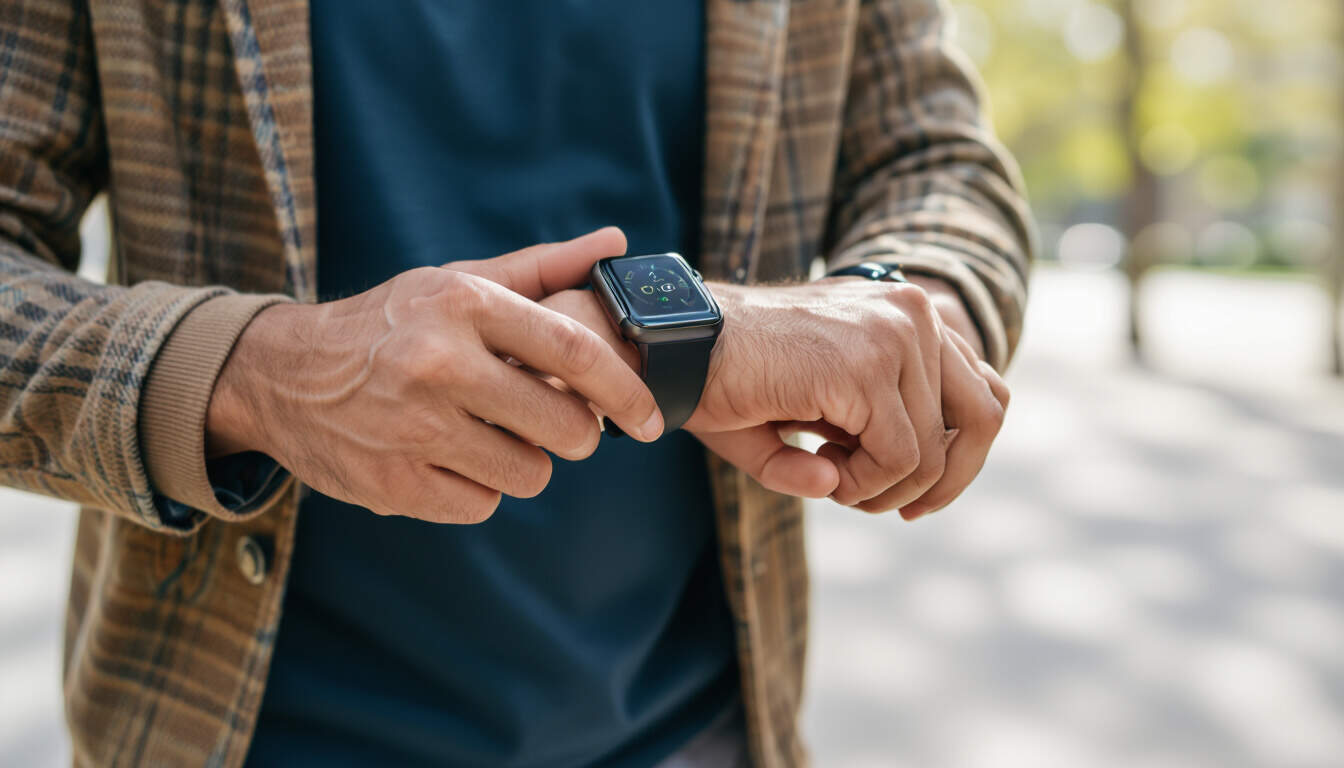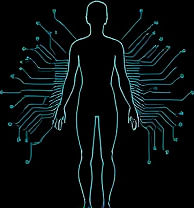Wearable Technology and Heart Rate Variability for Health Optimization
 by Thaddeus Blanda
by Thaddeus Blanda
Wearable devices offer insights into heart rate variability, a key indicator of health and wellness. By tracking HRV, individuals can optimize their daily routines for better performance and recovery, making it essential for biohacking enthusiasts.

Wearable devices have transformed how people monitor their health, particularly through tracking heart rate variability. This metric provides valuable data on the body's autonomic nervous system. Heart rate variability reflects the time intervals between heartbeats, offering clues about stress levels and recovery.
Many tech-savvy individuals turn to these tools for personal enhancement. For instance, smartwatches and fitness bands capture HRV data during daily activities. This information helps in adjusting lifestyles for better outcomes. Wearable technology integrates seamlessly into routines, providing real-time feedback.
In health optimization, HRV serves as a window into overall well-being. Low variability might signal fatigue or illness, prompting users to rest. High variability often indicates good adaptation to stress. By analyzing this, people can fine-tune their habits.
One popular application involves nootropics and their impact on HRV. Certain supplements may influence nervous system function, and wearables allow users to measure these effects. For example, tracking changes after taking cognitive enhancers can reveal patterns in variability.
Benefits of Monitoring HRV with Wearables
Using wearables for HRV monitoring yields several advantages:
- Improved sleep quality through data-driven adjustments.
- Enhanced physical training by identifying optimal recovery times.
- Better stress management with daily insights.
These devices often include features like guided breathing exercises. Such practices can stabilize HRV, leading to calmer states. Users report feeling more in control of their health journeys.
For wellness enthusiasts, combining HRV data with other metrics creates a comprehensive profile. Factors like diet and exercise influence variability. Wearables compile this information, allowing for informed decisions.
Practical Tips for Effective Use
To get the most from wearable devices, start with consistent monitoring. Wear them during various activities to gather diverse data. Review trends over time rather than isolated readings.
Integrate HRV insights into daily life. If readings show decreased variability, consider light activities or relaxation techniques. This approach supports long-term health goals.
In the context of biohacking, HRV acts as a core element. It guides experiments with new routines, such as intermittent fasting or mindfulness practices. The data empowers users to make changes based on evidence.
Many find that regular HRV tracking motivates sustained efforts. Seeing improvements reinforces positive behaviors, fostering a cycle of enhancement.
The Role in Personal Enhancement
Beyond health, HRV monitoring contributes to cognitive performance. Stable variability correlates with better focus and decision-making. This makes it relevant for professionals seeking an edge.
Wearables also connect to apps that provide deeper analysis. Users can explore correlations between lifestyle factors and HRV. Such tools demystify personal data, making optimization accessible.
For those interested in nootropics, HRV offers a measurable way to assess efficacy. Tracking before and after use can highlight benefits or adjustments needed.
In summary, incorporating HRV monitoring into biohacking routines offers profound benefits. It bridges technology and wellness, helping individuals achieve their potential through informed choices.
As more people adopt these practices, the potential for innovation grows. Wearable technology continues to evolve, providing even richer insights into human health.
